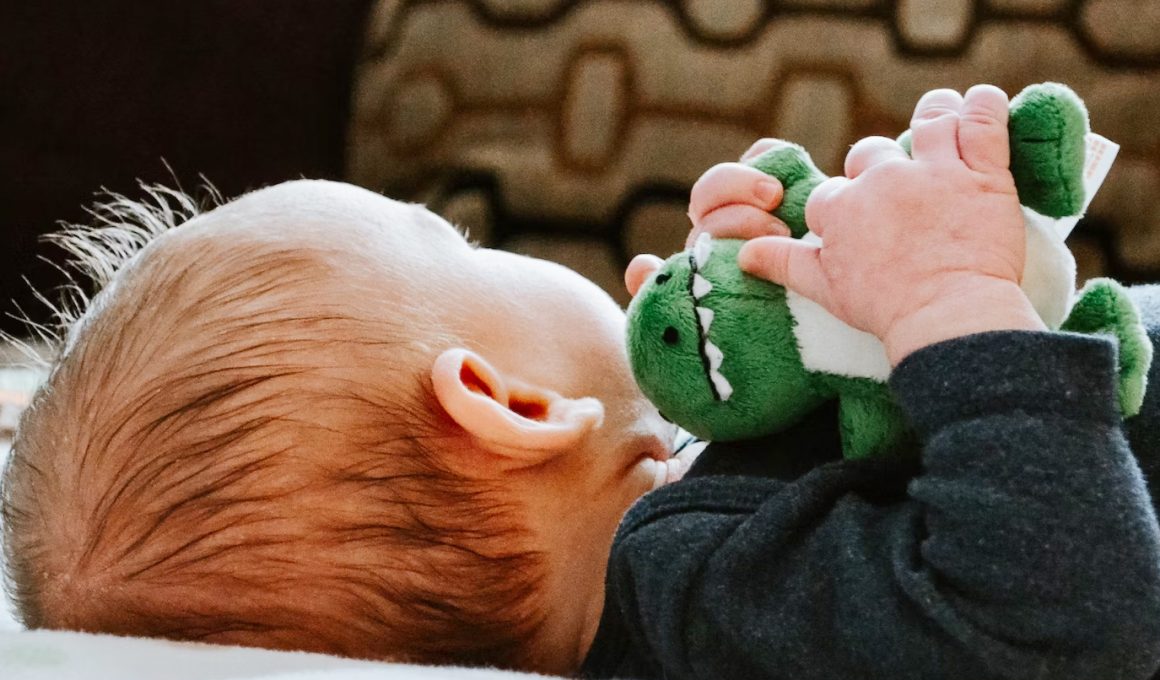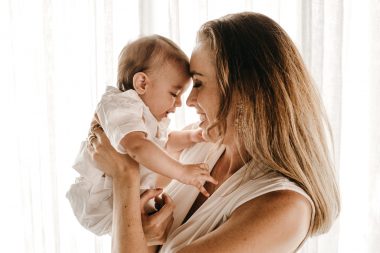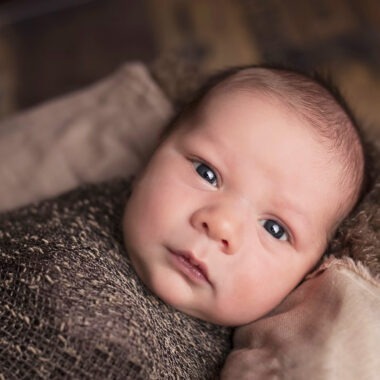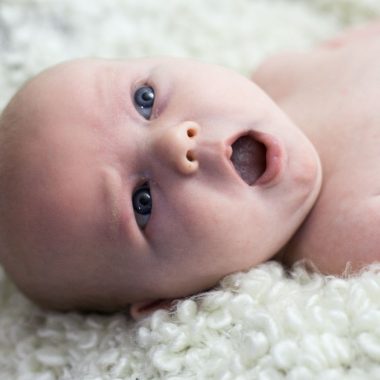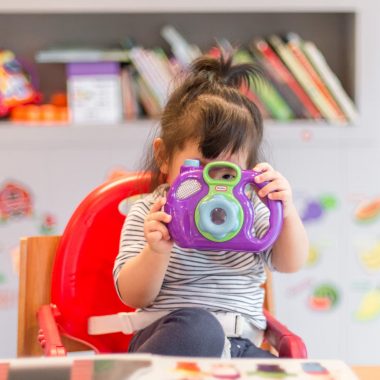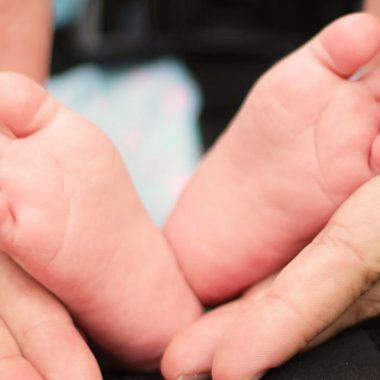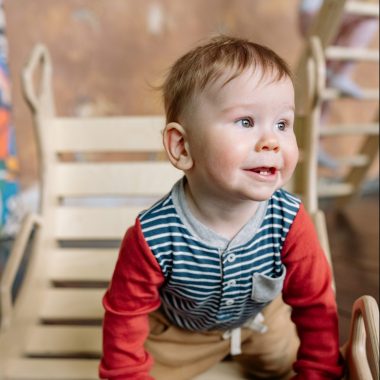Infants come into the world with an innate need to be cradled in the loving embrace of their caregivers. For months, they relish the warmth of those comforting arms, finding solace in the knowledge that their caregivers are there to tend to their every requirement. This close bond not only nurtures a sense of secure attachment but also instills in them the confidence to explore the world around them.
The need for comfort is part of being human. Comfort objects reassure us and give us a feeling of calmness, security and love. Using comfort objects will help your baby self-soothe when you are not around.
Such objects give your baby a feeling of safety when they are in unfamiliar places and situations. These objects become your baby’s companions and add to their experiences in daily life.
The psychological term used for comfort objects is “transitional object”. This is because as babies begin to make the journey from wholly dependent newborns to independent human beings, comfort objects aid them with the transition.
Many children develop an attachment to a comfort object (it is also called a lovey or security object) at around 8-12 months of age.
In this article you will read some frequently asked questions and find answers about comfort objects.
Table of Contents
What is a comfort object for a baby?
As its name suggests, a comfort object is an item that provides comfort to an infant or to a child to help them feel calm and secure.
A comfort object is also known as a lovey (because of the close relation a child forms with the object) or a security object (because in unfamiliar situations a child depends on the object for security and staying calm).
Although every child finds comfort in different objects, comfort objects are usually soft, cuddly and comforting to touch. Some common types are:
- Blankets
- Soft toys such as a teddy
- Part of a parent’s clothing, for instance a tie or a t-shirt
ALSO READ: Baby Hearing Development: All You Need to Know
What are the benefits of comfort objects?
According to studies, up to 70 percent of young children develop strong attachments to comfort objects such as toys or blankets.
Comfort objects make children feel good and help them manage new experiences.
A comfort object:
- Helps a baby relax and get to sleep.
- Provides reassurance when a child is separated from their parents, e.g. at bedtime or childcare.
- Provides comfort when a baby is frightened or upset.
- Is a companion that a young child can talk to, sleep alongside, and share experiences with.
- Helps a child feel secure in unfamiliar environments by providing a link between a new situation and the comfort of home.
When can I introduce a comfort object to my baby?
According to American Academy of Pediatrics (AAP), a comfort object might be an important source of emotional support for your baby.
Studies show that about 60 percent of babies adopt a comfort or security object usually by 9 months of age. (Some children never develop a strong attachment to a toy or blanket and that’s ok, too.)
Experts recommend introducing a comfort object to your baby before age 1 but when they are awake.
Children under 1 year of age should not sleep with anything in their cribs under the safe sleep policy of AAP.
That means comfort objects, pillows, blankets, any soft toys, crib bumpers should be out of the crib during the first 12 months of age.
ALSO READ: Tummy Time 101 – Why Your Baby Needs It
What is the best comfort object for a baby?
If you are struggling with choosing a comfort object for your baby, here are some tips to help you pick something appropriate.
Look for an object that is:
- Soft: You’ll want it to be comfortable and secure for your baby.
- Free of loose parts and choking hazards: No button eyes or removable parts. This is very important for the safety of your child.
- An appropriate size: Think big enough to snuggle, but small enough to pick up and hold on their own.
- Easy to duplicate or replace: Consider purchasing a duplicate (or several) that you can rotate. Excessive use can cause the object to wear down and you also wouldn’t want your child feeling alone in case you forget the object while traveling, lose it on a trip or forget it somewhere.
How can I introduce a comfort object to my baby?
If you want to introduce a comfort object to your baby before they turn 1 year old, just remember that it should only be given to them outside of the crib and while they’re awake.
After your baby turns 1, a comfort object can join your baby during sleep in the crib.
1. Get ready to introduce the comfort object
A comfort object can be part of your life for years. So you should choose the object carefully while also thinking about safety.
You can sleep with the comfort object yourself first so that it smells familiar to your child when you introduce it.
2. Include the comfort object in your everyday life
Include the comfort object in playtime, tuck it next to your child in the stroller as you walk to the park and include it for meals and cuddle sessions.
3. Make the comfort object part of your nap and bedtime routines
Encourage your baby to hold the comfort object during snuggles and bedtime books. If the comfort object is a stuffed animal, say goodnight and give your toddler a chance to do the same.
4. Be patient
Your baby may not seem interested in a comfort object at first. Developing an emotional connection to a comfort object can take some time. Keep offering opportunities to interact with the lovey, and just know that whether your child chooses to bond or not with a lovey is up to them.
Tips for using comfort objects
Below are some tips for handling comfort objects:
- If possible, buy extra identical versions of your child’s comfort object. When you wash it or if it gets lost, you will have extras.
- Wash your child’s comfort object regularly to keep it clean and free from germs.
- Rotate the comfort objects so they’re equally worn and your child won’t be able to tell the difference between them.
- Make sure the comfort object doesn’t have small, detachable parts. This way choking hazards can be avoided.
ALSO READ: Thumb-Sucking: What You Need to Know
When should children give up their comfort toys?
There is no typical age recommended by experts for a child to move on from their comfort object. All children grow out of the habit in their own time.
The age children stop using a comfort object varies according to the,
- child
- family environment
- child’s temperament
- experience.
References: healthychildren.org, babycenter.com, pathways.org, parenting.firstcry.com, sciencedaily.com, verywellfamily.com, whattoexpext.com, llli.org


